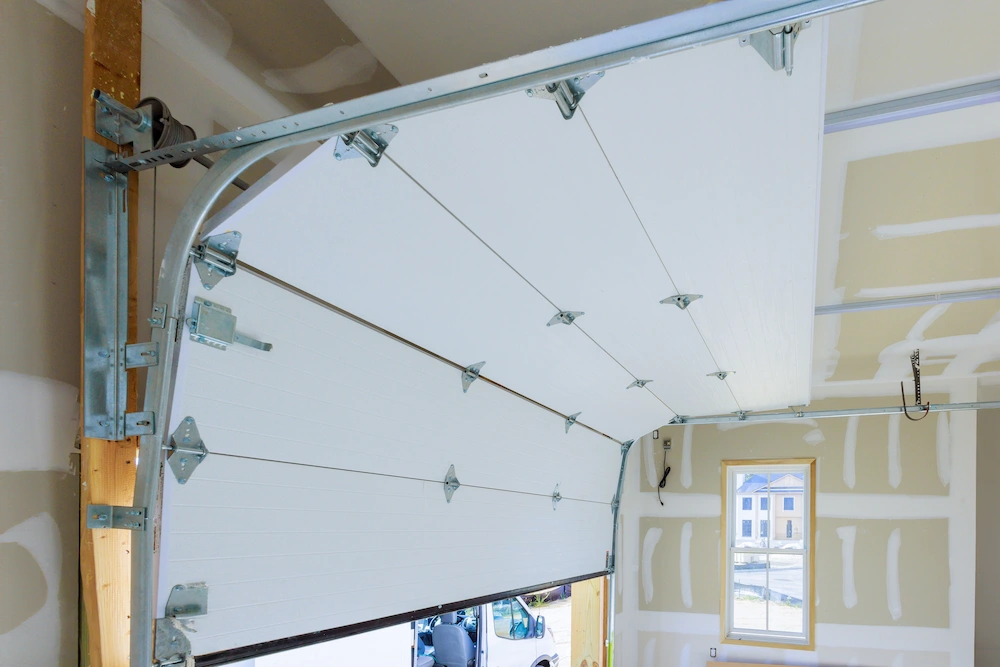Summary: Even with doors shut tight, pests find sneaky ways inside. This blog reveals 13 hidden entry points Texas homeowners often miss—from dryer vents to weep holes—and explains how to seal them. Romney Pest Control keeps homes secure with expert inspections and treatments.
It’s no secret that pests are determined critters. You can seal your doors and still wind up with ants in the pantry or a trail of roaches in the garage. That’s because most infestations start through small, out‑of‑sight openings that don’t look like a problem – until they are.
We have decades of experience in protecting local homes and businesses from pests, so we’ve seen a lot of entry points. Let’s uncover the 13 hidden entry points our Texas technicians constantly find, then explore the quick fixes you can do today to safeguard your home against pests.
1. Dryer & Exhaust Vents
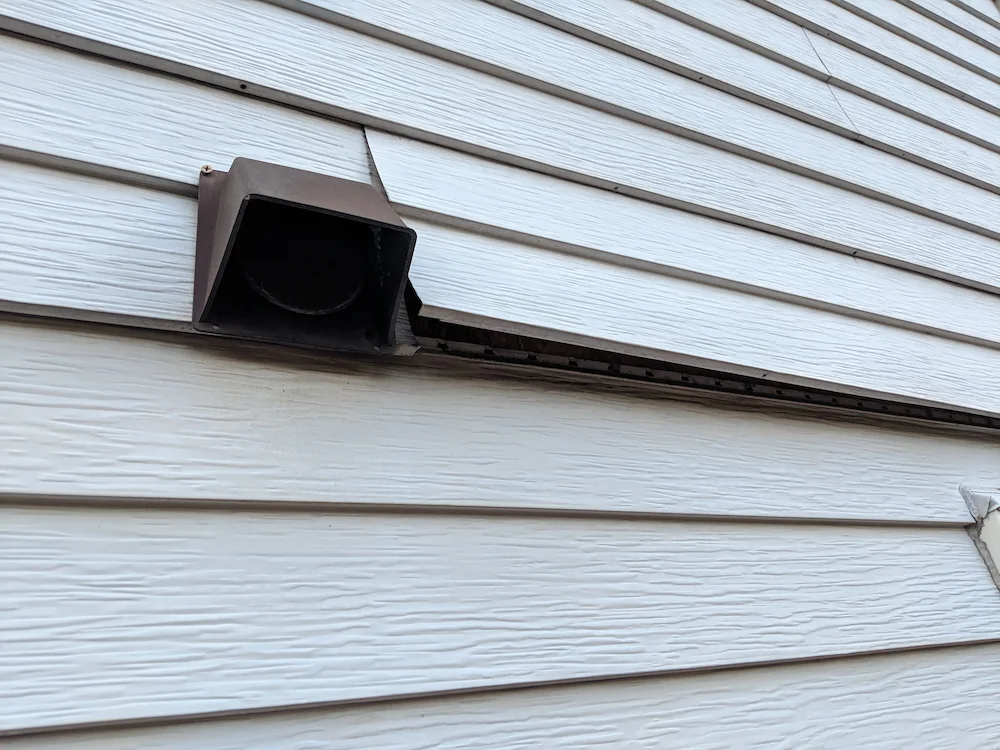
Louvered vent covers warp and the gaps around the duct often go unsealed. Rodents, roaches, and ants use these openings or torn screens to get inside without being noticed.
Fix: Replace damaged vent covers and add a metal mesh screen (¼‑inch) inside the hood. Apply waterproof caulk from the exterior duct collar to the siding.
2. Bathroom & Kitchen Exhaust Fans
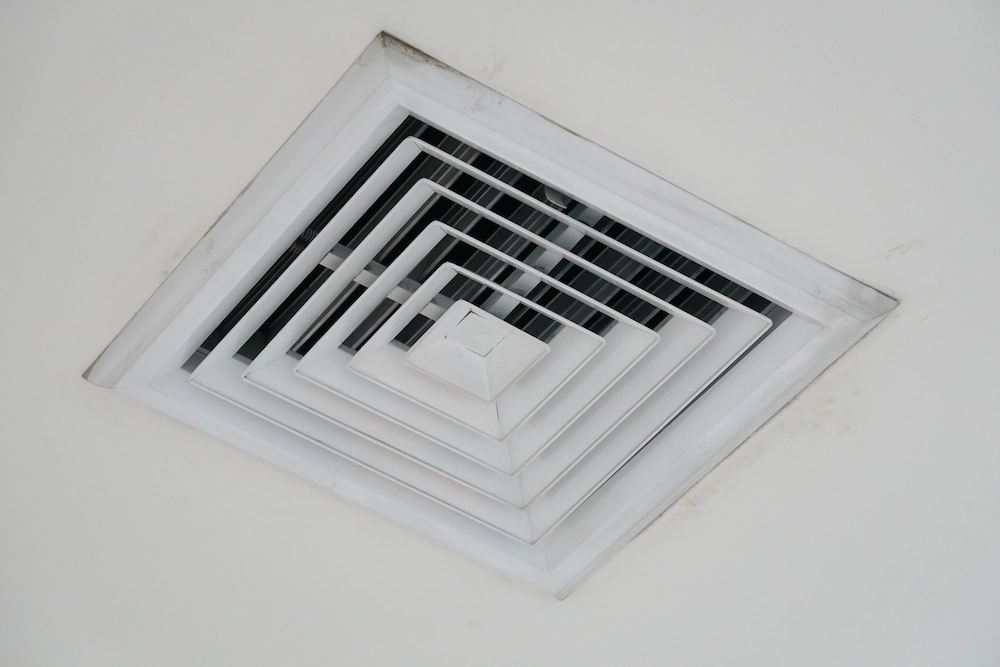
The flap can stick open or blow open during storms, leaving a highway into the attic cavity. Spiders, rodents, roaches, and silverfish are common attic pests.
Fix: Clean lint and debris from the vent, verify the damper closes freely, and add a pest screen rated for exhausts.
3. Weep Holes in Brick
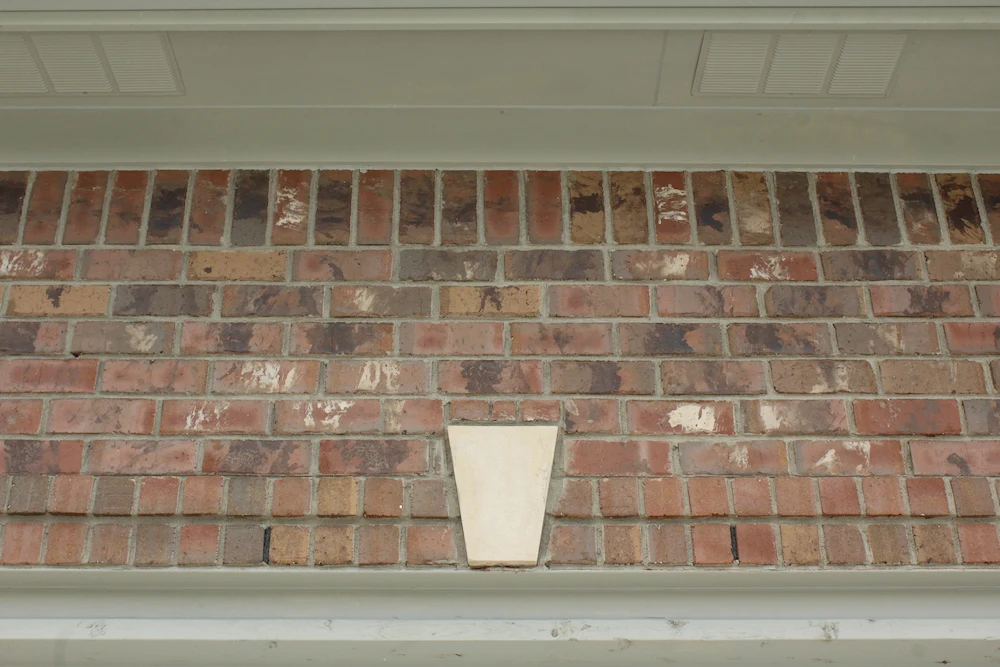
These intentional gaps let walls dry out, but they’re also common pest doorways. Stink bugs, spiders, ants, and termites (yes, even termites) can slip through these entry points.
Fix: Insert breathable weep‑hole covers that block pests while preserving ventilation. Do not mortar them closed, as this traps moisture and rust in the brick.
4. Gable Vents & Soffit Returns
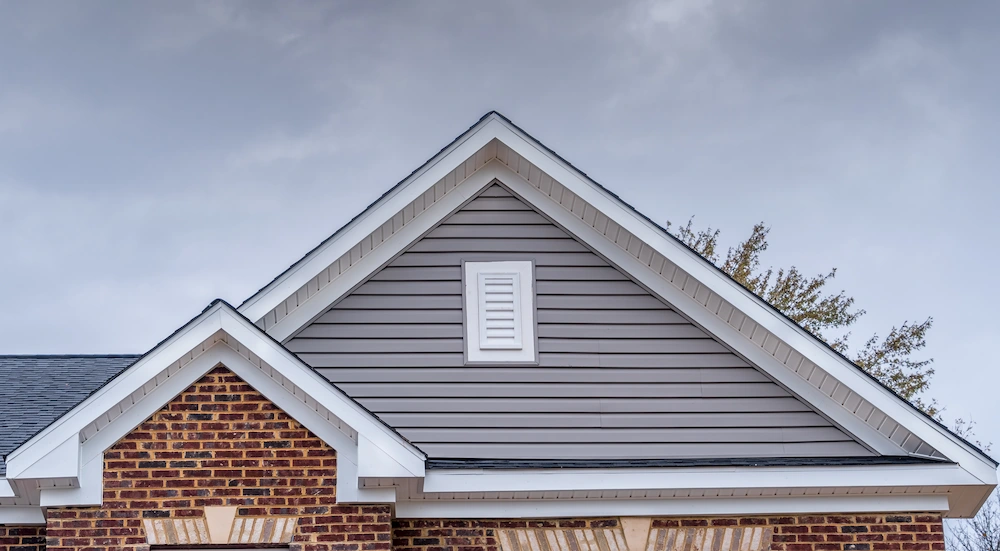
Bent louvers, loose gable vents, and torn screens near the roofline invite pests that prefer an elevated habitat. Wasps, roof rats, and spiders are some of the most common.
Fix: Patch screens with galvanized hardware cloth and replace cracked trim. Inspect your house’s fixtures after major storms and windy days.
5. Attic Cable & Conduit Penetrations
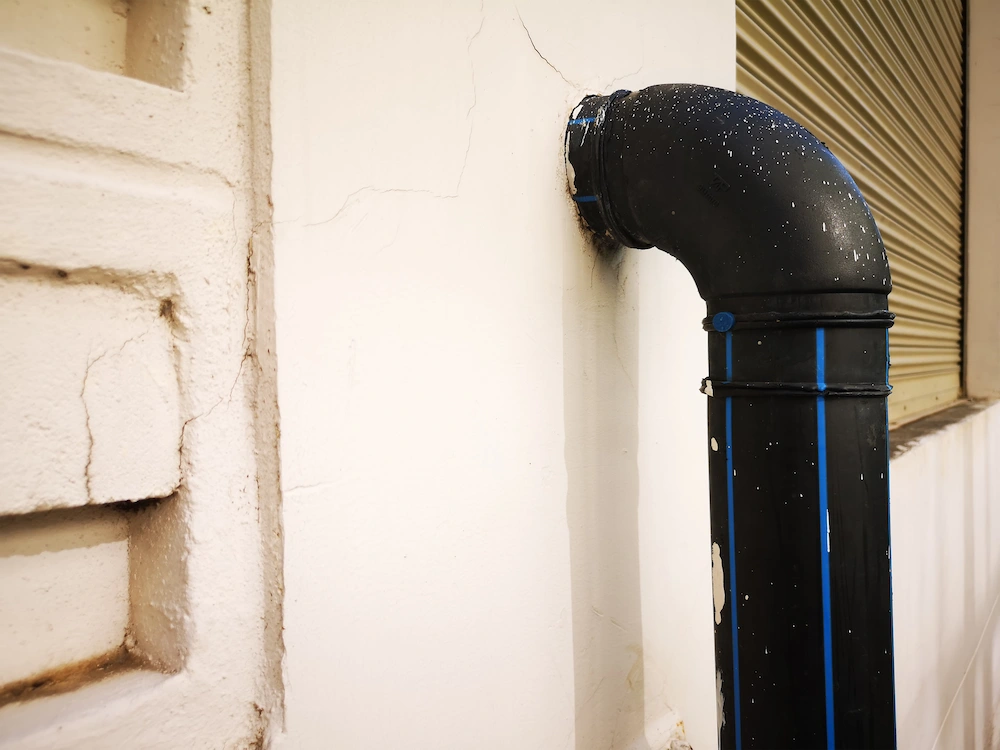
Small drill holes around cables or pipes often stay unsealed. It’s easy for us to overlook these holes, but they let in tiny invaders, like ants, spiders, and stinging insects.
Fix: Seal with copper mesh and an exterior‑grade sealant or mortar. Avoid using spray foam on its own where rodents are known to chew.
6. Garage Door Side & Top Seals
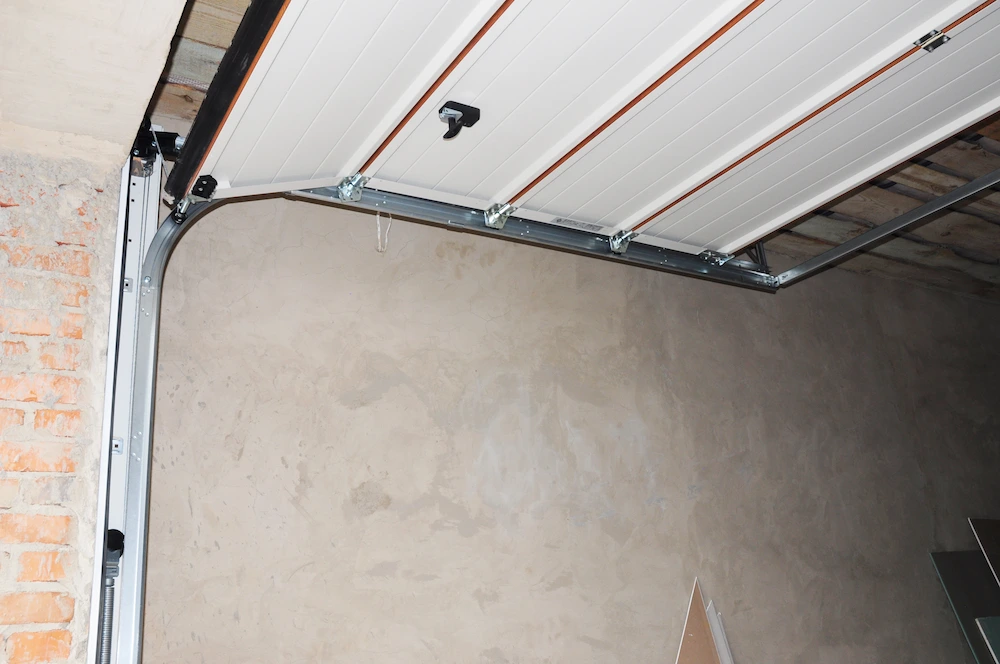
Weatherstripping shrinks and the daylight you see is the daylight pests see. The garage is already a desirable location because of its proximity to the outdoors, so loose seals (not the animals) result in pest invasions.
Fix: Replace brittle seals with fresh ones. Adjust the tracks so the door sits flush, and add a rodent‑proof bottom seal.
7. Utility Meter & A/C Line Gaps

The line‑set entering the wall usually has a thumb‑size gap. Most Texas pests are small enough to fit through this gap without much of a hassle.
Fix: Pack the gap with copper mesh and sealant. Install a tamper‑resistant escutcheon for a clean finish.
8. Exterior Hose Bibs & Spigots
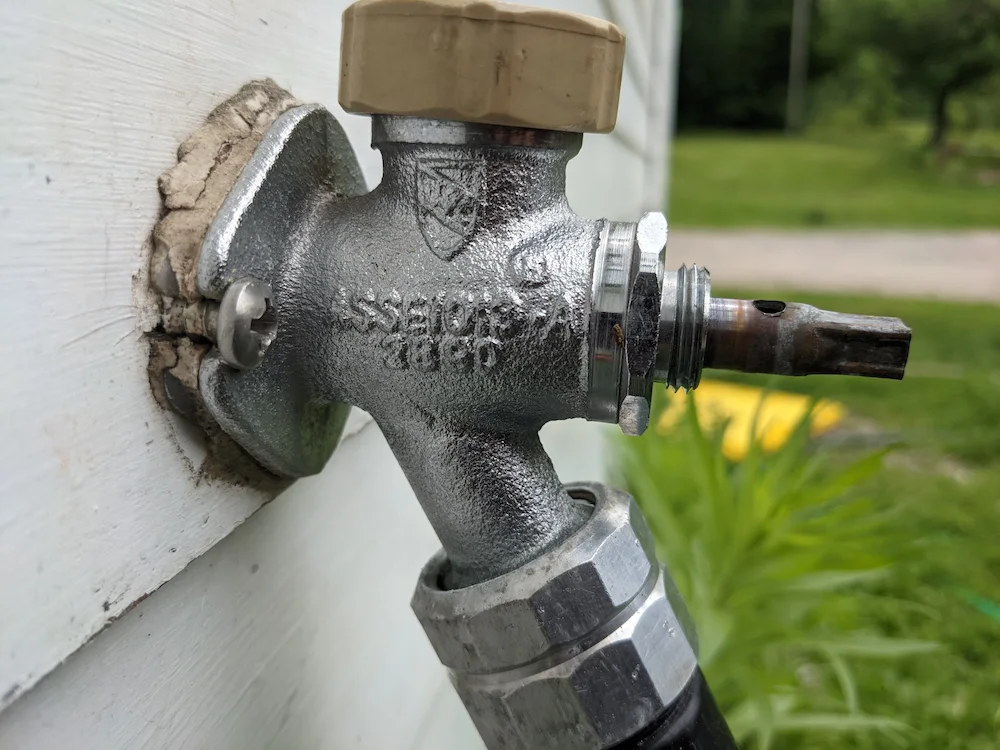
Cracked caulk and loose escutcheon plates create direct access into the wall voids. The addition of moisture makes the deal even sweeter for certain pests, like roaches and silverfish.
Fix: Re‑caulk with silicone or urethane and snug the escutcheon to the siding. The fixtures should be flush with the house.
9. Foundation Cracks & Slab Gaps
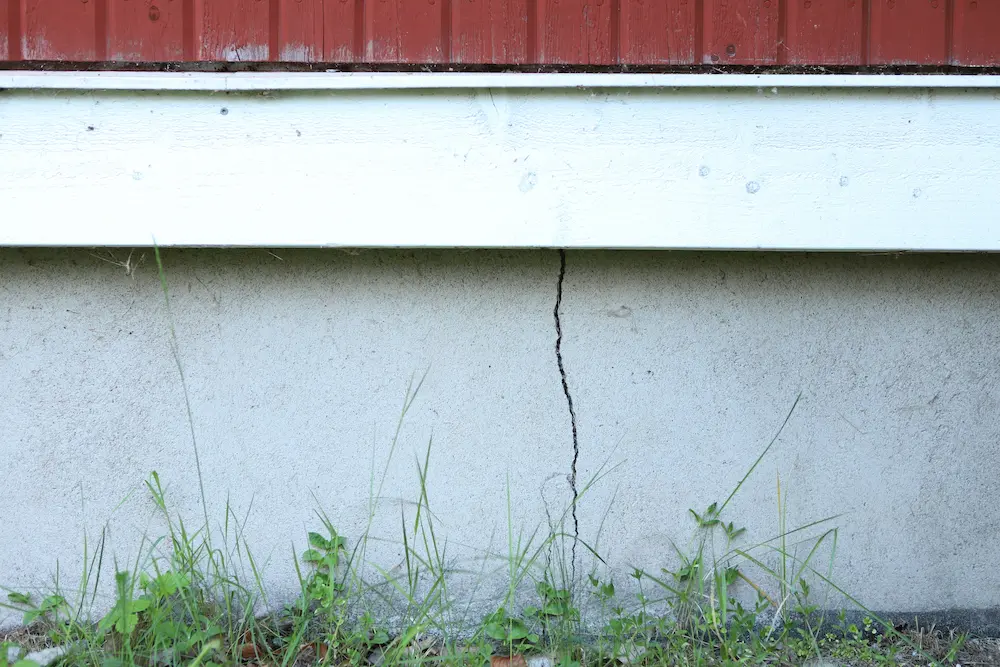
Shifting Texas soils open tiny cracks around the stem wall, where pests seek out moisture that would make for the ultimate habitat.
Fix: Fill hairline cracks with polyurethane concrete sealant and maintain proper grading and drainage.
10. Sill Plates & Door Thresholds
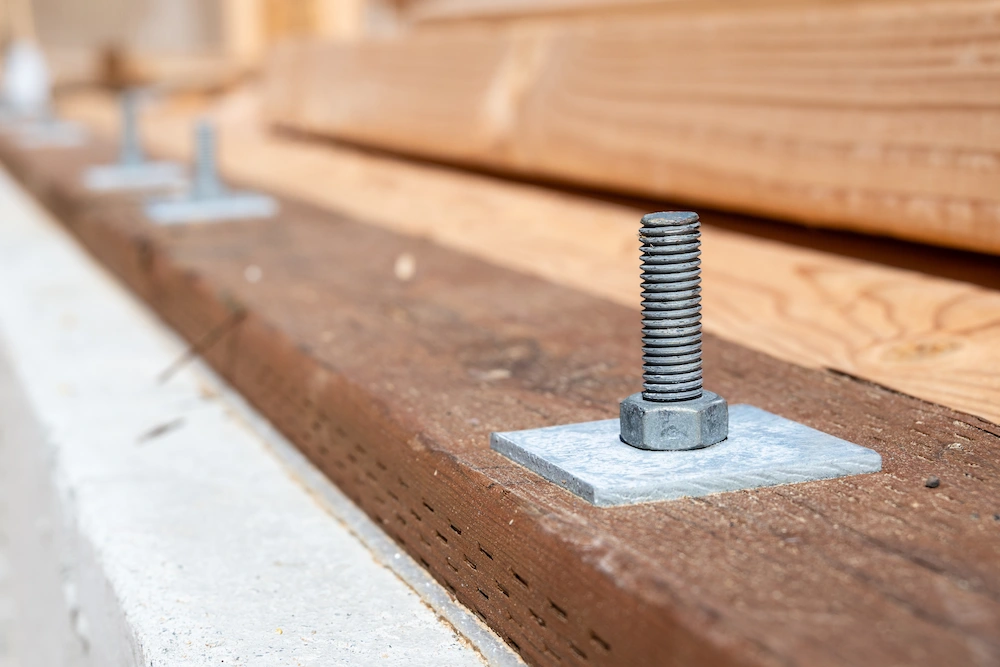
Shrunken thresholds and gaps under exterior doors let in ants, beetles, and even scorpions. This is even more of a concern with doors that get a lot of use, like the front door.
Fix: Install door sweeps (with a ⅜‑½ inch contact) and re‑caulk threshold edges.
11. Eaves, Overhangs & Fascia
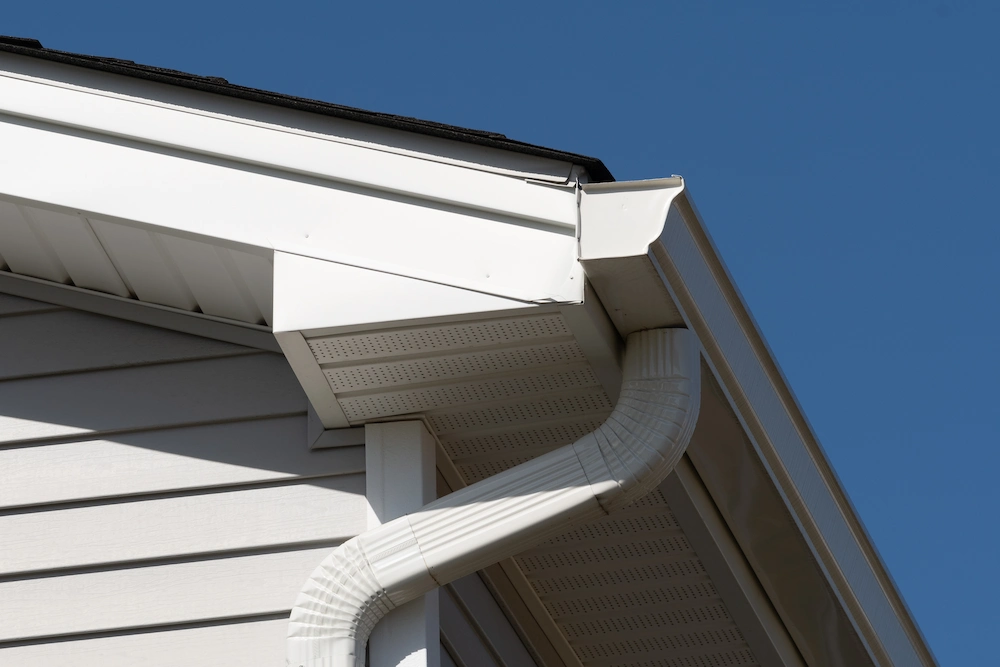
Spider egg sacs and wasp nests are often found where wood is separated. Since these are elevated spaces, pests enjoy the additional security of these features.
Fix: Reattach loose fascia and keep eaves swept and sealed. Repaint the exterior to weather‑proof exposed wood.
12. Crawlspace & A/C Condensate Openings
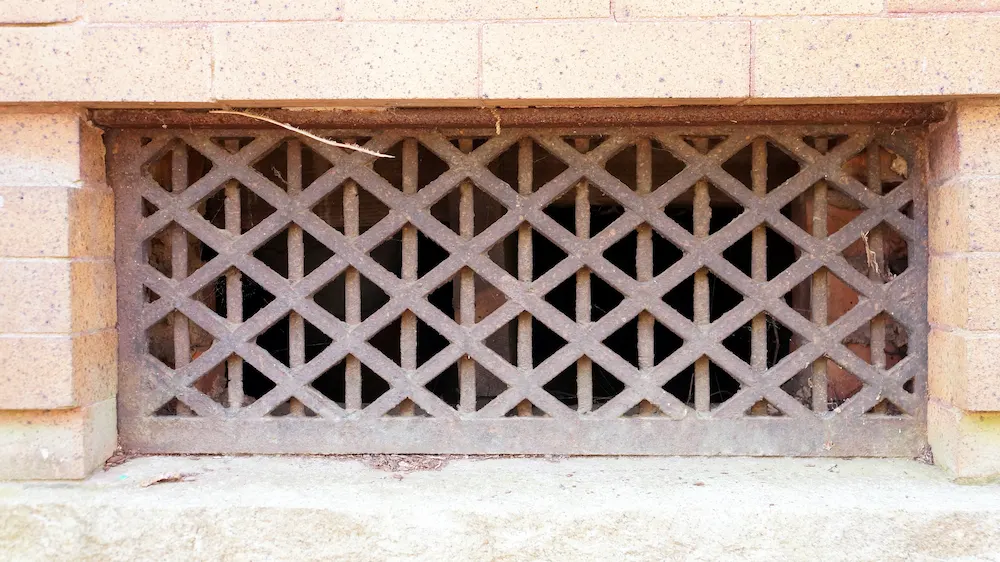
Unscreened vents and pipe chases provide direct access. Rodents, cockroaches, silverfish, and ants are usually seen near these entry points.
Fix: Install ¼‑inch hardware cloth on vents. Use rodent‑resistant screens on pipe terminations.
13. Window & Siding Transitions

Hairline gaps around the trim and missing end dams over windows push both moisture and pests into wall voids. This makes it difficult to prevent pests before they invade.
Fix: Add a backer rod and a high‑quality sealant to each window. Make sure the head flashing is intact.
FAQs on Entry Points
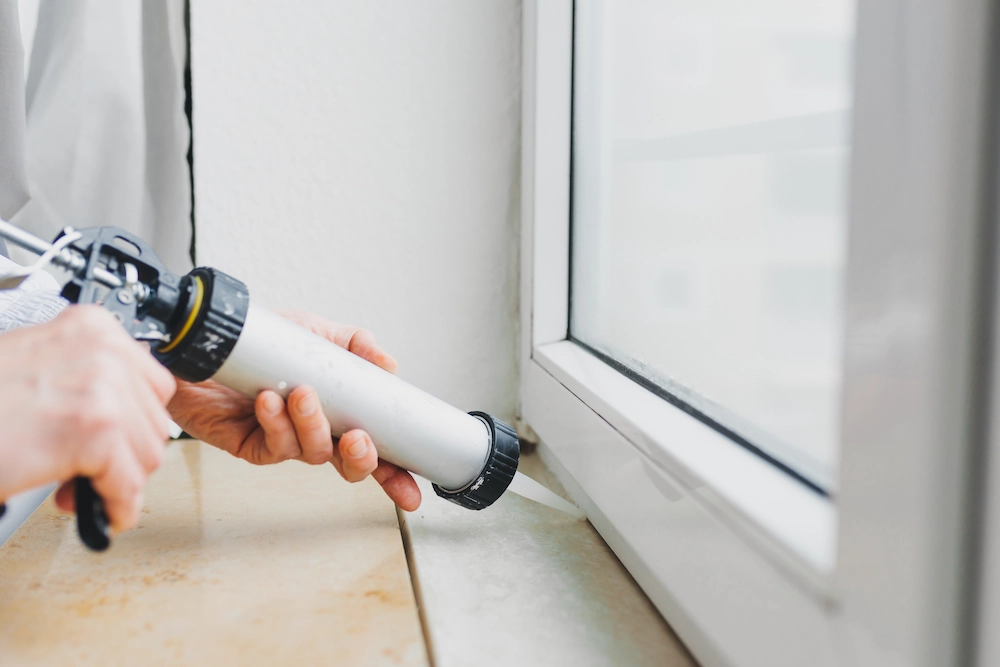
Are weep holes safe to block? No, they are not safe to block. Blocked weep holes trap water inside, which can cause moisture damage and mold growth. Use weep‑hole covers that preserve airflow while blocking pests.
Is spray foam enough to seal pests out? No, rodents can chew through standard foam to create new entry points. Instead, use copper mesh and a quality sealant (or metal flashing) where needed.
How often should I check my home for entry points? We recommend keeping a constant eye on your house’s exterior. The most important times are at the top of each season and after major wind or hail events. Rubber, vinyl, and caulk degrade faster in Texas heat.
Romney to the Rescue!
Want a pro to find and fix the hard stuff? Our technicians perform detailed entry‑point inspections as part of every service visit and can recommend targeted treatments. We provide year-round protection from invasive pests to ensure your home stays pest-free for the long run.
Learn more about our Home Pest Control options and get a free quote by contacting us today!
Citations
Potter, M.F. (2012, July). How to pest-proof your home. University of Kentucky: Department of Entomology. Available at https://entomology.mgcafe.uky.edu/ef641 (Accessed on September 24, 2025).

